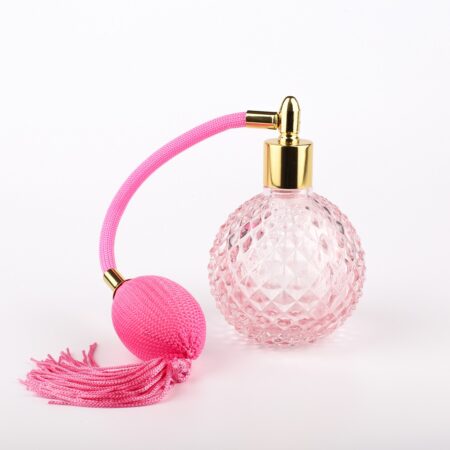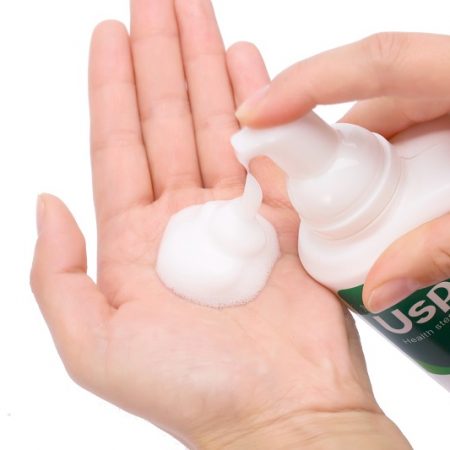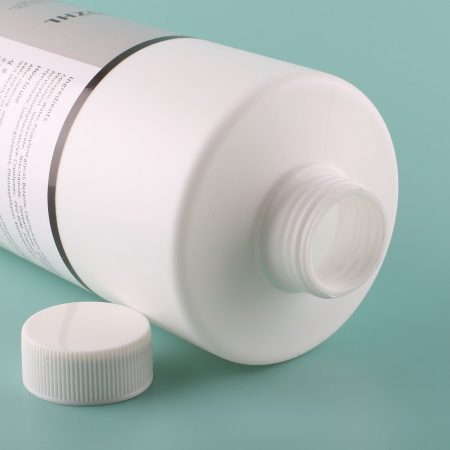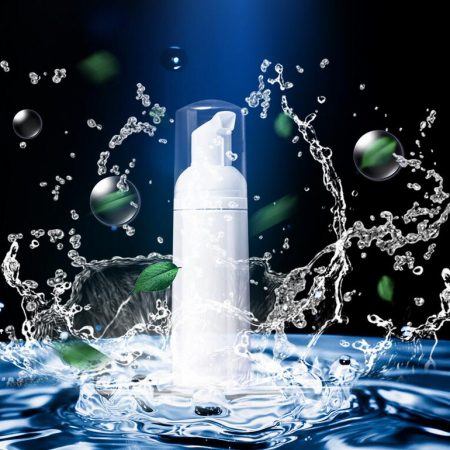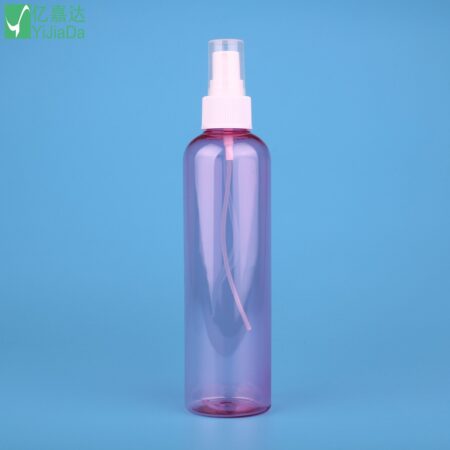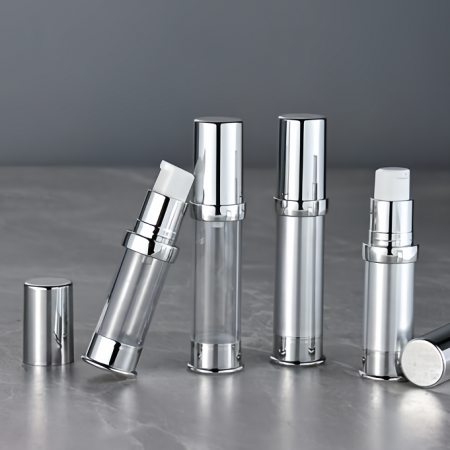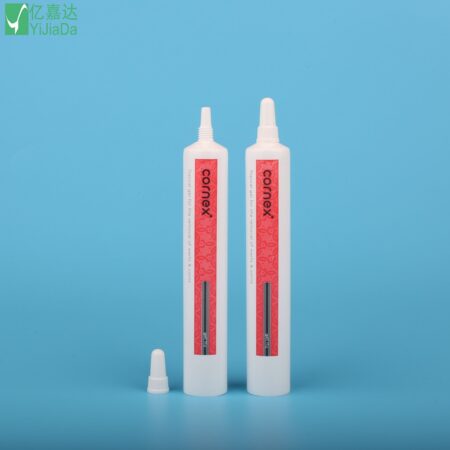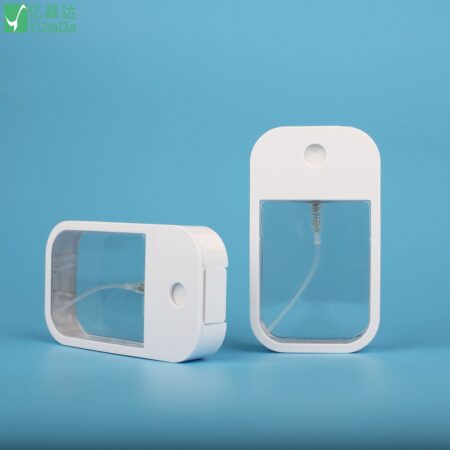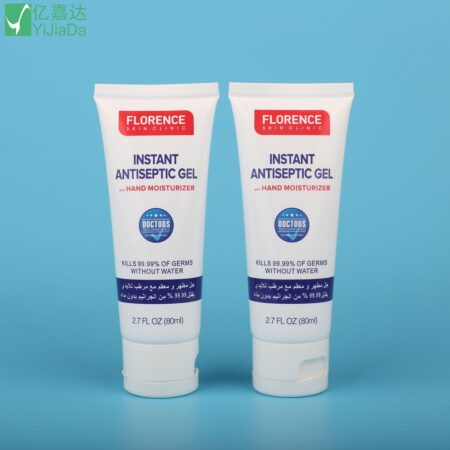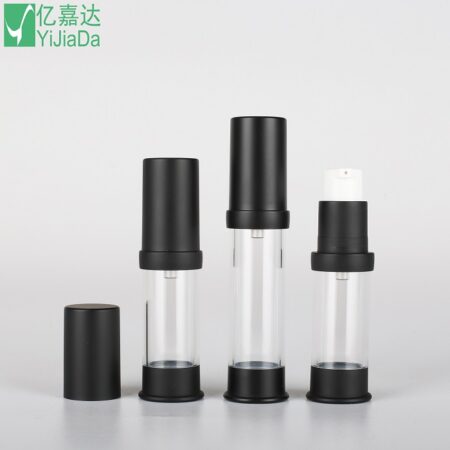Precautions for cosmetic filling
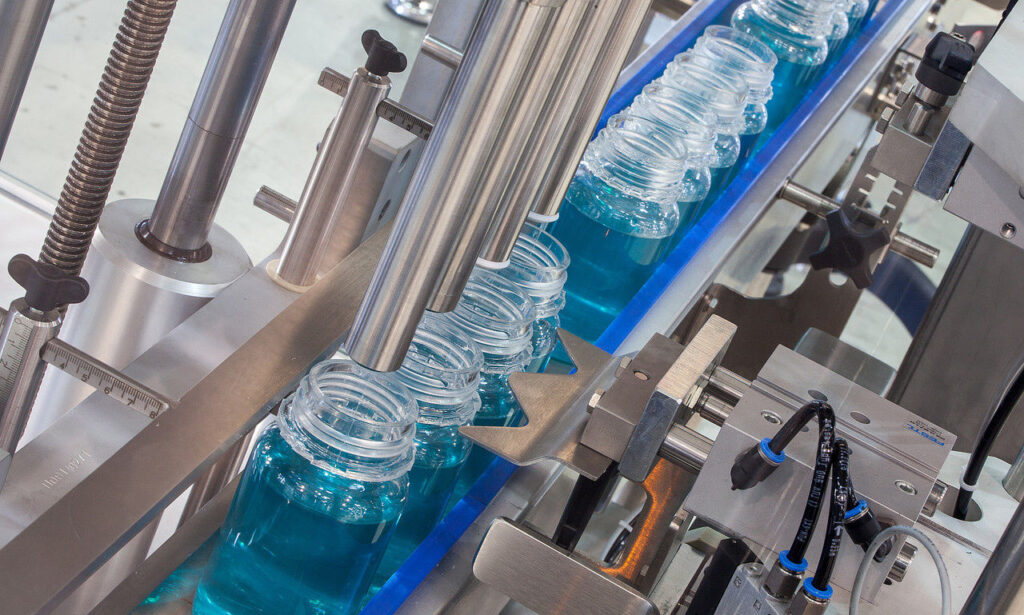
1. Prevent the pollution of raw materials. There are a wide variety of cosmetic raw materials, including various surfactants, animal and vegetable oils, animal and vegetable waxes, fatty acids and their esters, alcohols, hydrocarbons, gums, sugars, and starches. Industrial products such as, proteins, cellulose derivatives, vitamins, inorganic salts and powder fillers. Before these raw materials enter the factory, most of them have not been disinfected and have the conditions for the growth and reproduction of microorganisms. Many gram-negative bacteria can grow well in the medium of most surfactants, and gram bacteria, especially monospores, often appear in most cosmetic raw materials. In addition, the use of a large amount of water in cosmetics production may also bring microorganisms into the finished product. Generally speaking, the quality of raw materials determines the quality of finished products to a large extent. Therefore, in the production process of cosmetics, it is necessary to establish raw material testing procedures, formulate microbiological indicators of raw materials, and adopt strict sterilization and sterilization methods. The raw materials are easy to be contaminated during storage, so they should be used in moisture-proof containers and used according to the specified temperature and service life.
2. Prevent pollution of the environment and equipment. The design of the air system in the production environment is different for the special requirements of each area of the factory. It should consider the air quality required for operation in this area, which will require several different types of air. Treatment systems, which are designed based on the air quality required by each service area. The design of these systems must consider several aspects, including the quality of the incoming air, temperature, humidity, exchange speed, and system design requirements for air purity, as well as the location of the inlet/outlet vents and the control of the airflow mode. Layout. In damp areas, the walls, ceilings, floors, pots and kettles, mixing paddles, feeding pipes and utensils need to be cleaned and sterilized regularly, because these places are conducive to the growth and reproduction of microorganisms. Commonly used disinfectants include sodium hypochlorite, formaldehyde, promethazine, chlorhexidine acetate and ethanol.
3. Prevent packaging contamination. Unsanitary packaging materials (barrels, bottles, caps) will cause microbial contamination of cosmetics, which need to be cleaned before being put into use. Specific packaging is one of the measures to maintain the quality of cosmetics. The preservation of the same type of product depends on the type of packaging and the effect of preventing microbial contamination. The effect of pump packaging for emulsion cosmetics is better; the effect of shampoos using screw caps is better than sliding caps.
4. Prevent the operator from contaminating the skin, nose, ears, mouth, etc. There are microorganisms in the skin, nose, ears, mouth, etc. If the towel is wet for a period of time, it will contain a large number of microorganisms (including gram-positive bacteria), so good personal hygiene It is an effective method to control microbial contamination. Employees who do not implement good personal hygiene will make all the above-mentioned work ineffective. Despite the best supplies, equipment, procedures and good cleaning and sanitation operations, contamination may still occur. Wear special sanitary clothes, sanitary caps, and sanitary shoes for cleaning, and require the hands of production personnel to be disinfected. Generally, it is first washed with soap and water and then immersed in a chlorine-containing disinfectant or 75% ethanol, or disinfected with Trigermin and Chlorhexidine Acetate.
In conclusion, in the production process of cosmetics, cost-effective disinfectants should be selected, and detailed work should be done. From the aspects of raw materials, equipment and environment, the detection of microorganisms should be strengthened, and the number of microorganisms should be strictly controlled to avoid the production of microorganisms. To ensure the production quality of cosmetics, this requires relevant workers in my country to strengthen the control of microorganisms in the cosmetics production process, so as to promote the long-term and stable development of the cosmetics industry.

Leave a comment


